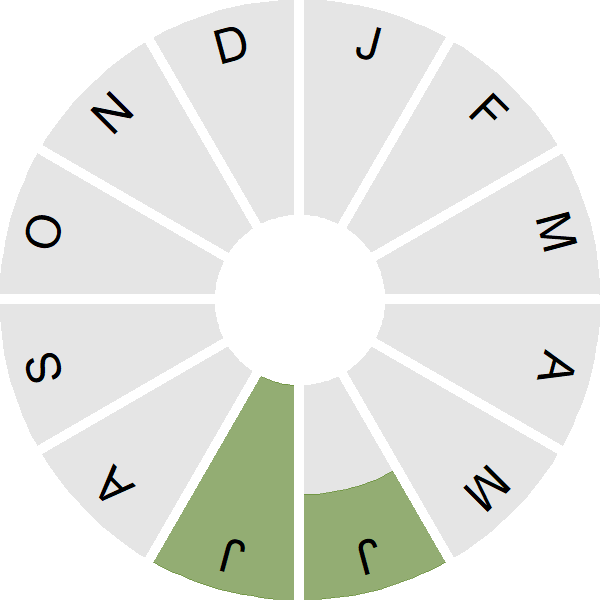Great Knot
Introduction
As the name suggests, larger than the familiar Knot, and with heavy spotting on its flanks, this extremely rare visitor from Siberia normally winters in south-east Asia and Australasia. A small population overwinters in the Persian Gulf.
Key Stats
Status and Trends
Conservation Status
Population Size
Population Change
Population trends of this scarce species are not routinely monitored.
Distribution
This vagrant is too rarely reported to map distribution.
Distribution Change
This vagrant is too rarely reported to map distribution change.
Seasonality
Great Knot is a very rare vagrant with recent records having been in summer.
Weekly pattern of occurrence
The graph shows when the species is present in the UK, with taller bars indicating a higher likelihood of encountering the species in appropriate regions and habitats.

Movement
Britain & Ireland movement
Biology
Survival and Longevity
Survival is shown as the proportion of birds surviving from one year to the next and is derived from bird ringing data. It can also be used to estimate how long birds typically live.
Classification, names and codes
Classification and Codes
- Order: Charadriiformes
- Family: Scolopacidae
- Scientific name: Calidris tenuirostris
- Authority: Horsfield, 1821
- BTO 2-letter code: KO
- Euring code number: 4950
Alternate species names
- Catalan: territ siberià
- Czech: jespák velký
- Danish: Storryle
- Dutch: Grote Kanoet
- Estonian: hiidrisla
- Finnish: vuorisirri
- French: Bécasseau de l’Anadyr
- German: Großer Knutt
- Hungarian: nagy partfutó
- Icelandic: Grátíta
- Italian: Piovanello gigante
- Latvian: garknabja šnibitis
- Lithuanian: laibasnapis begikas
- Norwegian: Sibirsnipe
- Polish: biegus wielki
- Portuguese: seixoeira-grande
- Slovak: pobrežník tenkozobý
- Slovenian: tenkokljuni prodnik
- Spanish: Correlimos grande
- Swedish: kolymasnäppa

